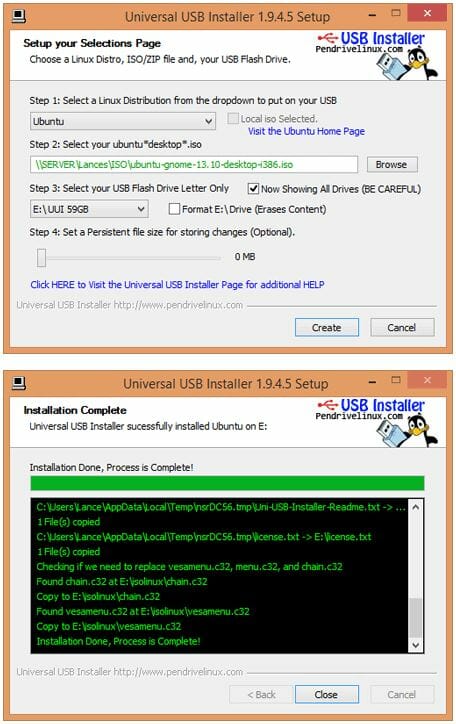

See and for a comparison and perspective on the use of those tools and why dd may be the least adapted one. using pv: # pv path/to/archlinux- version-x86_64.iso > /dev/sd x.

using dd: # dd bs=4M if= path/to/archlinux- version-x86_64.iso of=/dev/sd x conv=fsync oflag=direct status=progress.using cp(1): # cp path/to/archlinux- version-x86_64.iso /dev/sd x.using cat(1): # cat path/to/archlinux- version-x86_64.iso > /dev/sd x.(Do not append a partition number, so do not use something like /dev/sdb 1): Run the following command, replacing /dev/sd x with your drive, e.g. This method is recommended due to its simplicity and universal availability, since these tools are part of coreutils (pulled in by the base meta package).įind out the name of your USB drive with lsblk and make sure that it is not mounted. In GNU/Linux Using basic command line utilities This means the ISO cannot be written to a 4Kn Advanced Format drive using this method. But being a Multiboot USB creator, it will enable you to store and boot multiple ISO files, from one flash drive.Note: If, instead of a USB flash drive or an SD card, you want to write the ISO to a hard disk drive or a solid state drive, make sure the drive's logical sector size is not larger than 2048 bytes (the ISO 9660 sector size) and aligns to it. Note: If you want to Install, Boot, and Run Multiple ISO files from one single USB drive, then you should check out YUMI (Your Universal Multiboot Imager), instead. Supported Operating Systems: Windows 11, 10, 8, 7 (Linux via WINE)ĭownload: Get this Portable Live Linux Bootable USB Creator Utilizes a Fat32 Formatter to force format large USB drives as Fat32.Īuthors Website: UUI - Easily Boot from USB.



 0 kommentar(er)
0 kommentar(er)
